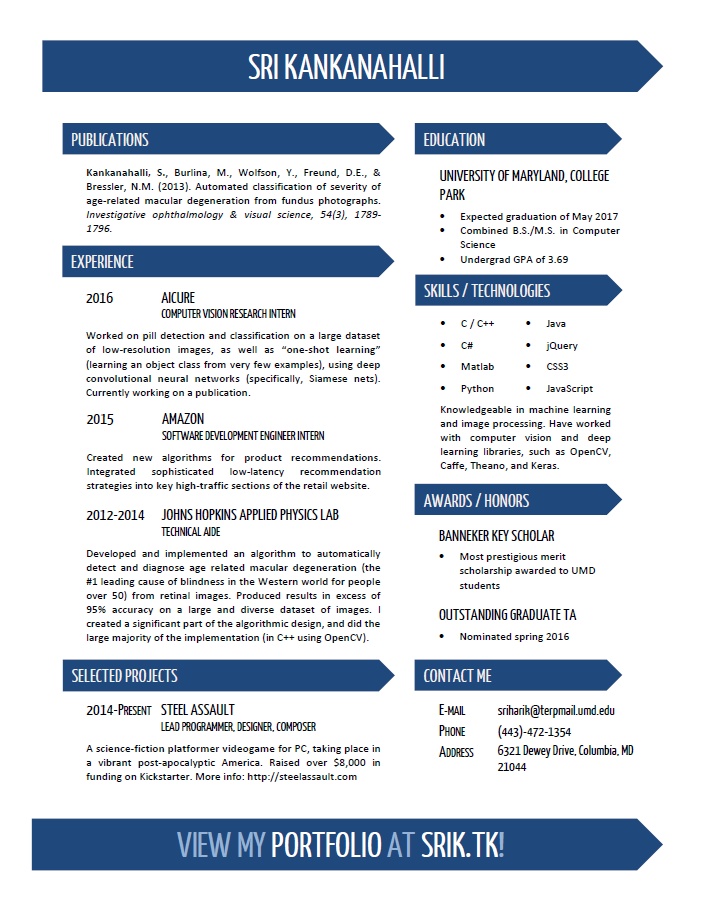resume
projects
-
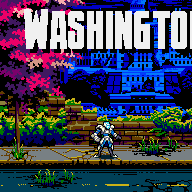 Steel Assault(2014 - present)Steel Assault(2014 - present)
Steel Assault(2014 - present)Steel Assault(2014 - present)
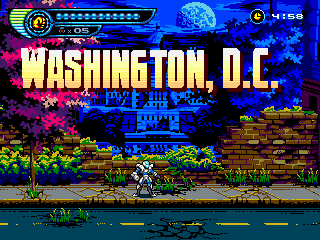 programmed in: C#, using SFML
programmed in: C#, using SFML
Steel Assault is my current WIP videogame project. It's a fast paced 2D platformer revolving around close combat and a variety of unique weapons. I'm programming, designing, and composing the music for this game. The art is by Daniel Garcia.
We've successfully raised over $8,000 in funds on Kickstarter, and we were also greenlit on Steam!X -
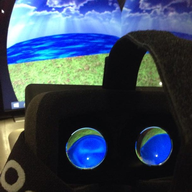 Rift Motion(2014)Rift Motion(2014)
Rift Motion(2014)Rift Motion(2014)
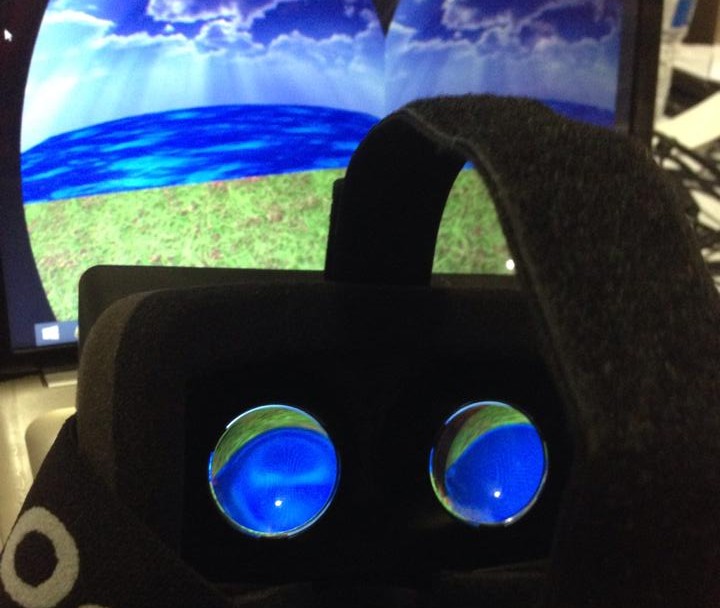 programmed in: JavaScript
programmed in: JavaScript
For MHacks Winter 2014, our group combined the Oculus Rift virtual reality headset and Leap Motion motion sensor to create a basic 3D first person shooter. The Oculus Rift is used to look around and "experience" a virtual world, and the Leap Motion is used to navigate it through hand movements. The entire application is programmed in JavaScript and runs entirely in-browser, utilizing three.js, vr.js, and jQuery.
webpageX -
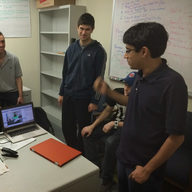 Kinect Drums(2013)Kinect Drum Mods(2013)
Kinect Drums(2013)Kinect Drum Mods(2013)
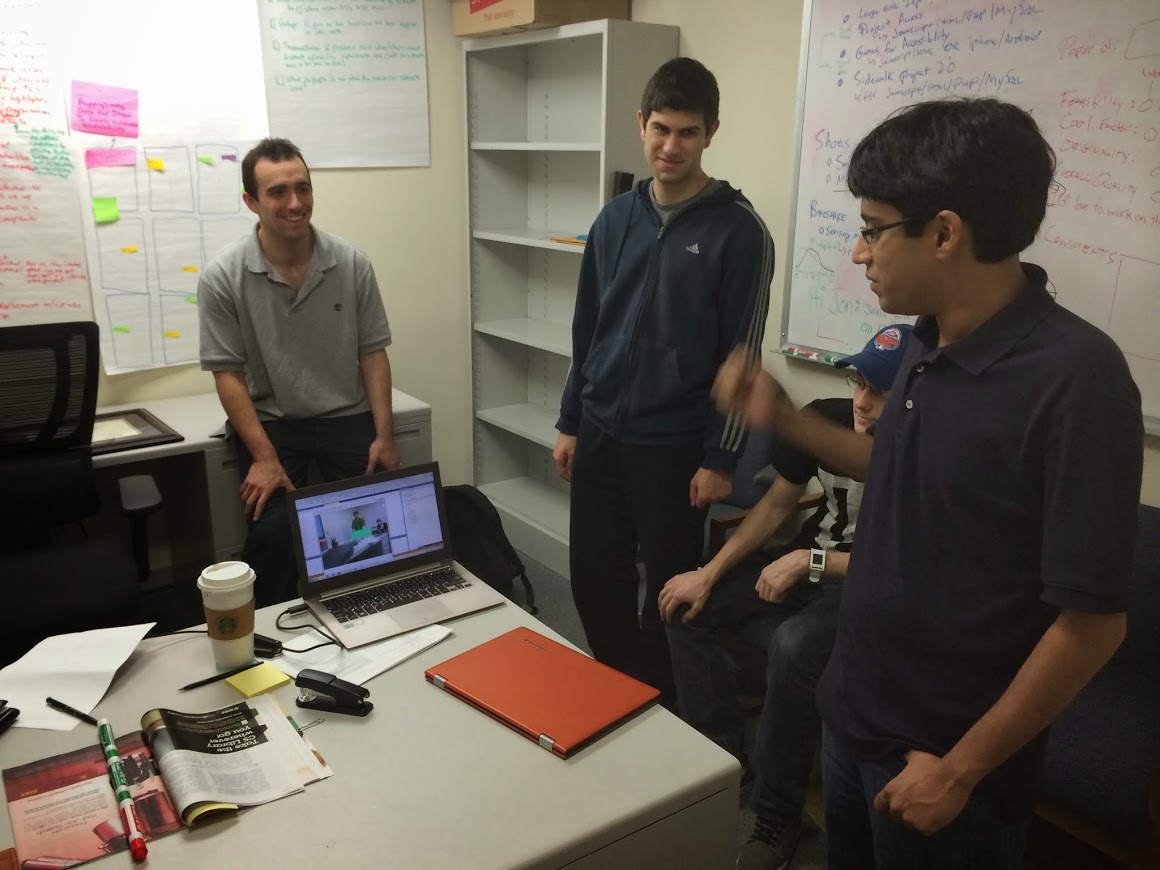 programmed in: C#
programmed in: C#
For the final project of my Computer Science Honors Seminar class, my group created an interface using the Microsoft Kinect where the user could create, drag, resize and play virtual drums in physical space using gestures. The pitch of each drum varied with its size. I worked mainly on the sound portion of this project, creating event handlers for when a drum was hit which repitched and played a drum sound on the fly.
paperX -
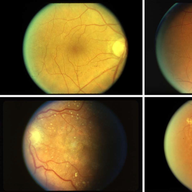 Macular Degeneration(2013)Automated Classification of AMD(2013)
Macular Degeneration(2013)Automated Classification of AMD(2013)
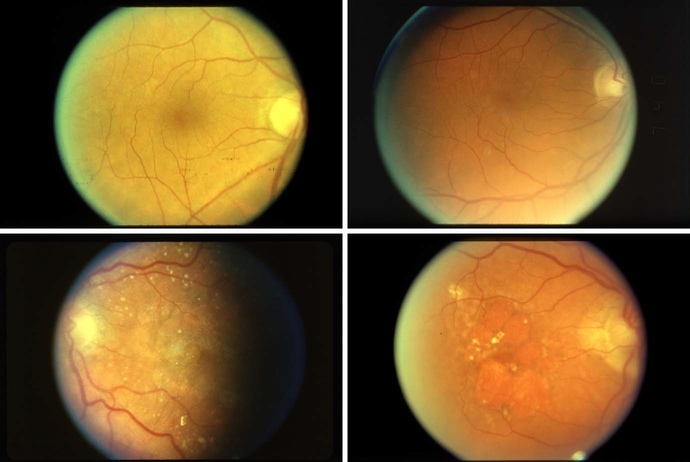 programmed in: C++
programmed in: C++
Age related macular degeneration (AMD) is the leading cause of blindness for people over the age of 50 within much of the Western world. During my internship at the Johns Hopkins University Applied Physics Lab, I designed and implemented an algorithm to automatically detect and classify the severity of AMD from retinal images. The algorithm achieved a sensitivity of 98.6% and a specificity of 96.3%, when compared with expert fundus gradings for 468 patients. As of September 2015, this is the highest published accuracy rate for automated diagnosis of AMD.
paperX -
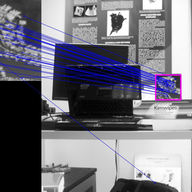 Robot Object Recognition(2012)Robotic Navigation and Object Recognition(2012)
Robot Object Recognition(2012)Robotic Navigation and Object Recognition(2012)
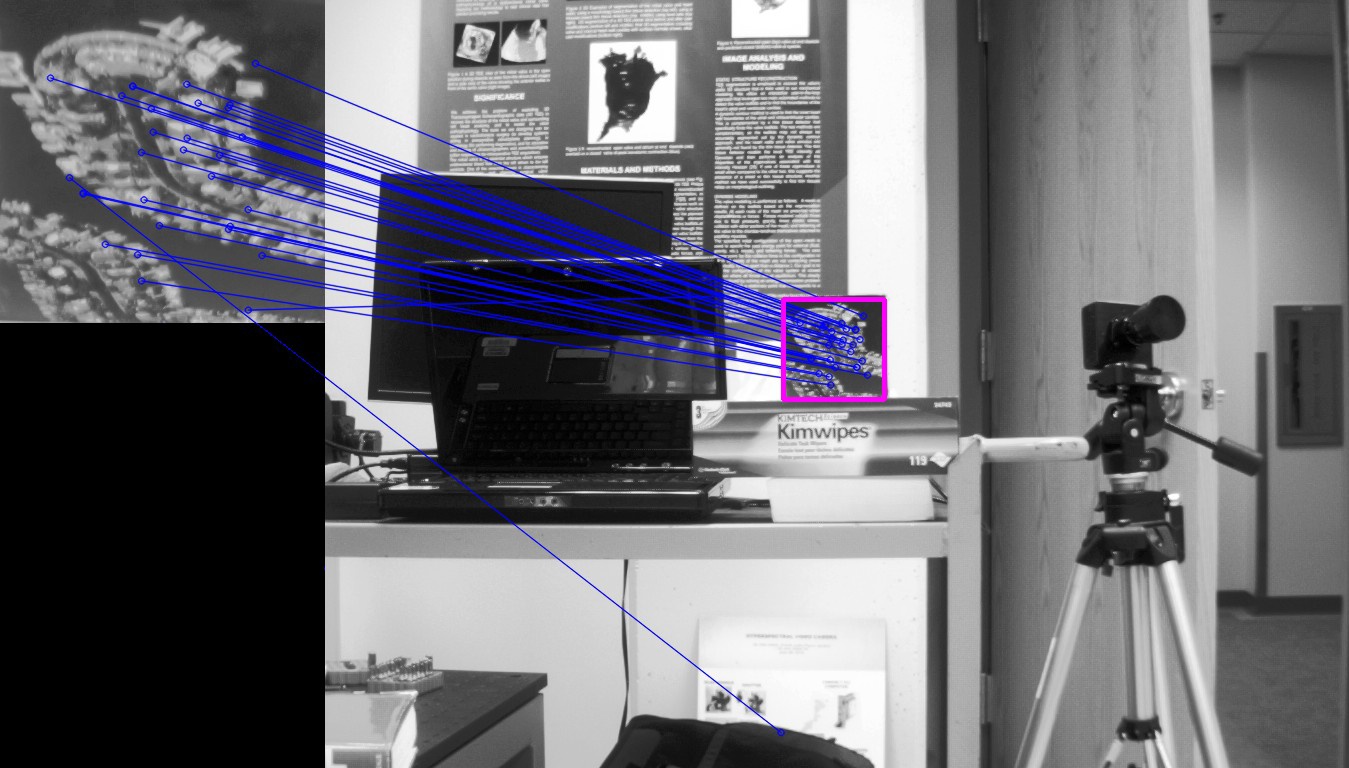 programmed in: C++
programmed in: C++
A simple robotic system capable of automated navigation and rudimentary object recognition, based off the Videre Erratic robot. After training, the robot was able to successfully scan its surroundings for a given object in its knowledge set, then triangulate the position of that object in real space and navigate to it (avoiding any obstacles in its path). This project was shown at the Baltimore Science Fair where it won several awards, including the Intel Excellence in Computer Science Award and the US Army Public Health Command Award of Merit.
paperX -
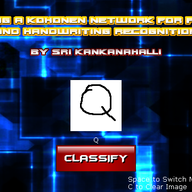 Handwriting Recognition(2010)Handwriting Recognition Using Neural Networks(2010)
Handwriting Recognition(2010)Handwriting Recognition Using Neural Networks(2010)
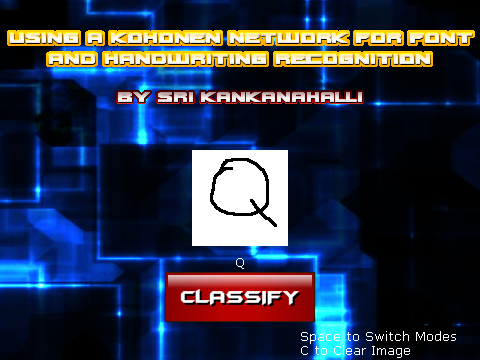 programmed in: BASIC
programmed in: BASIC
A computer program which uses a Kohonen neural network for handwriting and font recognition (OCR), focusing on individual letters. During experimental testing, the program was successfully able to recognize 90% of the font images and 80% of the handwritten images fed to it. It was submitted to the Baltimore Science Fair where it won several awards, including the NSA Outstanding Use of Mathematics Award and the ACM Excellence in Computer Science Award.
paperX
